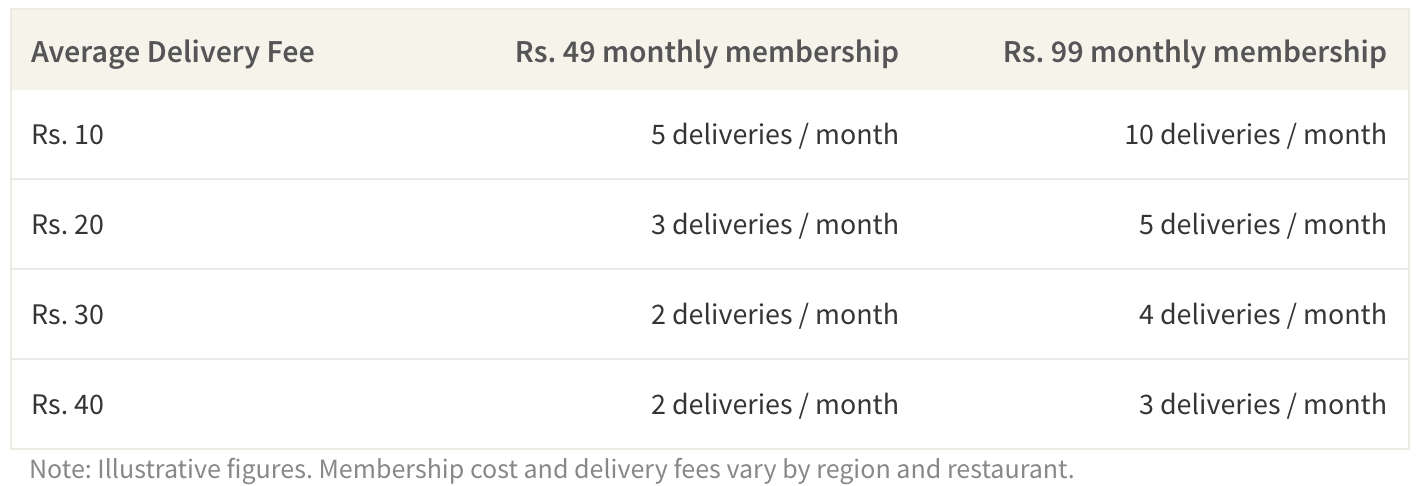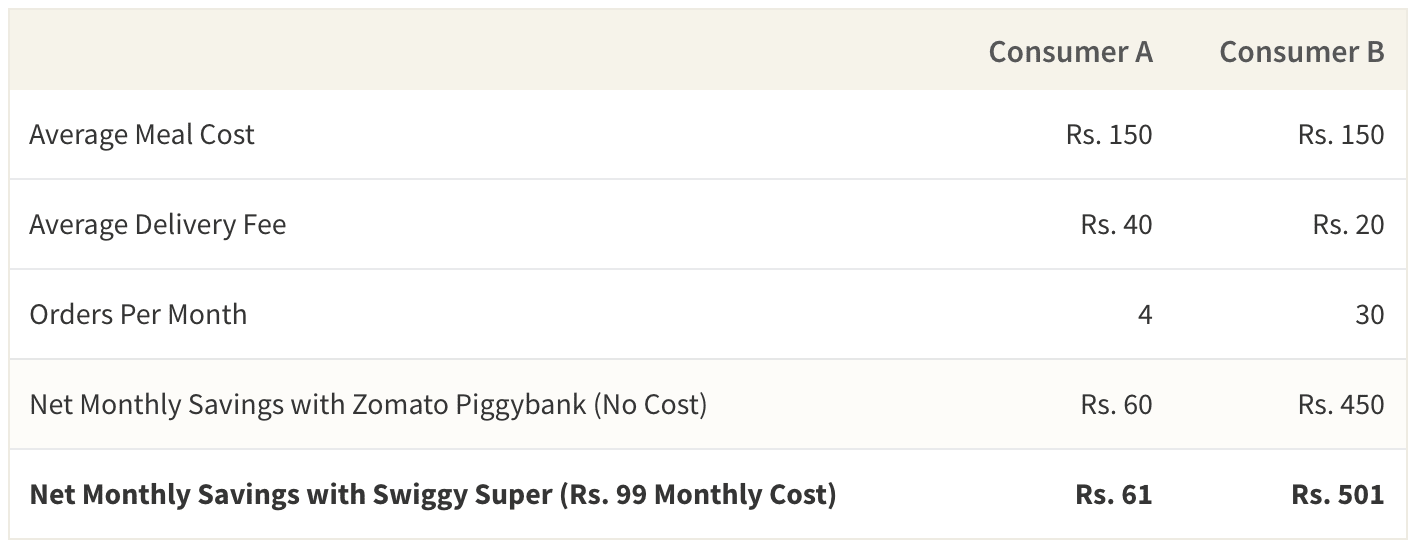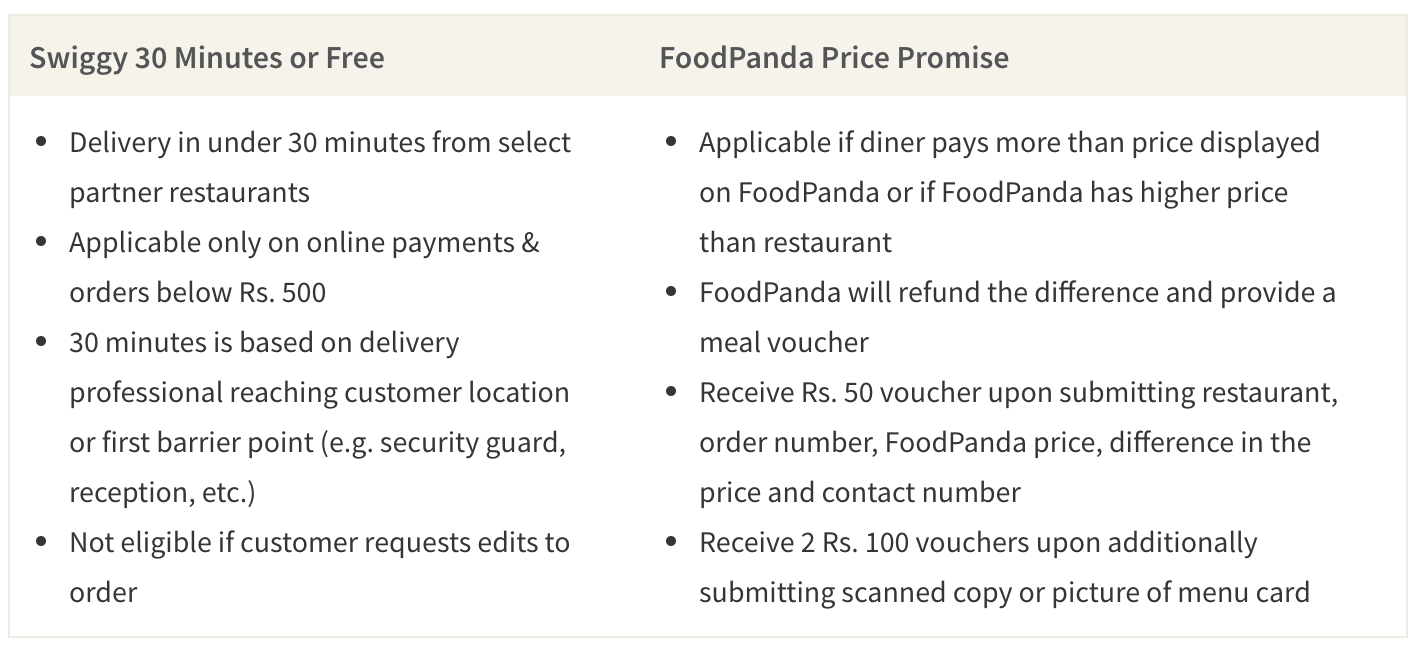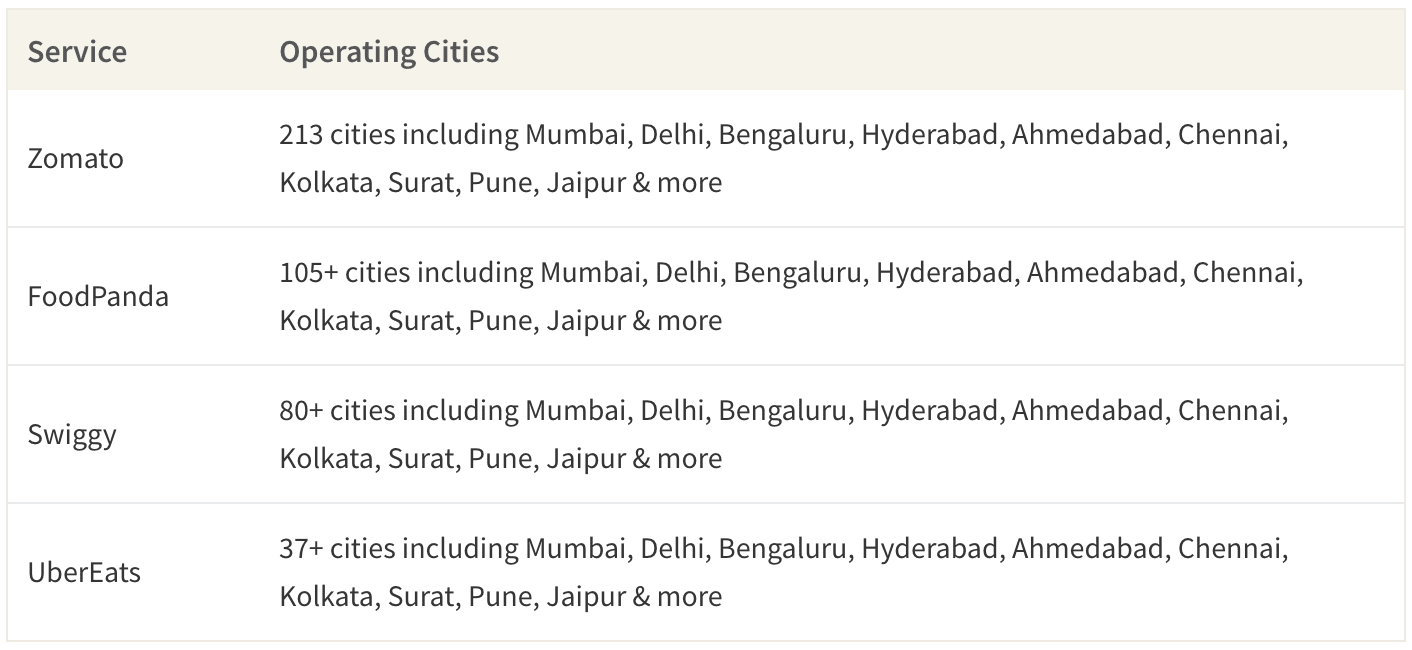The social trading platform allows users to discuss strategies and share information with each other and leverage the collective wisdom to make informed decisions

The Philippines stock market has been struggling for the past few years while many of its neighbours in Southeast Asia registered huge growth. The country was one of the worst performing in the entire the region in 2018.
Although it has shown some positive signs in the early part of 2019, the stock market’s performance has been far from being impressive. Moreover, traders wishing to take advantage of the downtrend have very few opportunities to short the market.
A fintech company is determined to turn things around for the Philippines, with its social trading platform. eToro, a heavily-funded firm, has evolved from providing only foreign currency trading on its platform to providing multi-asset trading today, serving over 10 million users in 140 countries worldwide.
The company has offices in the UK, the US, Australia and Cyprus.
The Inception
eToro was founded in 2007 by Yoni Assia (CEO), with Ronen Assia (Co-founder and CPO). The company’s vision from day one has been to open the global markets for everyone to trade and invest in a simple and transparent way.
“Our platform solves the mental stress of entering a new and unknown territory, which most investors experience when having a first look at some other trading platforms,” Paul Familiaran, Head of Southeast Asia Business of eToro, tells e27. “As part of our constant efforts to accomplish our visions, we have introduced several features that are unique to eToro promoting accessibility and inclusiveness.
The company’s social trading platform allows users to discuss strategies, comment as well as to share information with each other and leverage the collective wisdom to make more informed investment decisions. “To be social about trading means to improve skills faster, compare strategies, share advice, ask questions with other traders and to know early on if you are doing well or not with your trades,” he says.
The other key feature is CopyTrading, which allows users to copy multiple investors with the click of a button. When a user opens the platform, he or she sees profiles of millions of traders. Every trader’s activity and history is automatically published. Users can simply copy the top investors.
Also Read: Thai fintech startup StockRadars allows users to duplicate trades executed by expert crypto traders; to raise US$12M via ICO
eToro’s clients can also gain access to peers’ Risk Score, gain, track record, portfolio composition and a variety of relevant information. It also offers many other programmes, such as Popular Investors, which enables top traders to earn a second income from being copied by others, and CopyPortfolios, which offers ready-made, long-term investment strategies.
Currently, eToro offers over 1,300 stocks, 83 exchange-traded funds (ETFs), 30 CopyPortfolios, six Commodities, 47 currencies, 13 indices and 14 cryptocurrencies.
“Our diverse product offerings have allowed us to tap into multiple investor segments. Our ever-expanding offerings and entry in the cryptocurrency trading domain have been well received in Southeast Asia that has seen a huge influx of investors,” Familiaran says.
According to him eToro now offers Filipino traders, who currently struggle thanks to the state of the local stock market, an opportunity to embrace a more diversified portfolio approach by investing in global markets and hedging their risk with a variety of investment instruments and in-depth analysis tools.
“As a new wave of cryptomania sweeps through the region, a new generation of investors has emerged. As per our data, more than 80 per cent of newly registered users on the platform from Southeast Asia invested in cryptocurrencies and then moved on to invest in other financial products. Given our rich product offering, we are convinced that it can attract more Filipino investors from across the spectrum,” he exudes confidence.
A Massive Opportunity
Online trading, in general, is a growing sector in the Philippines. While the demand for local shares (PSE) trading has steadily grown over the years, it has been seeing a sharp increase in demand for global assets.
Local traders are starting to realise that opportunities are not only limited to the PSE market. Well- educated traders are also seeing a big advantage in maintaining a well-balanced portfolio — one that has both local and international exposure.
“As for digital asset trading/investing, specifically in crypto-assets, we do see a sharp pick-up in recent months. While on other platforms one needs to open a crypto wallet, deal with different crypto exchanges and learn the technical complexities of doing a transaction, at eToro, buying a Bitcoin (BTC) is no different than buying an Apple (APPL) share,” Familiaran claims
Since inception, eToro has raised total of US$162 million in over eight funding rounds. Its investors include China Minsheng Finance, SBI Group, Korea Investment Partners, the World-Wide Investment Company Limited, Ping An Ventures, SBT Venture Capital (a fintech-focused fund whose main partner is Russia’s Sberbank), Spark Capital, BRM Group, and Commerzbank.
The post eToro aims to make buying Bitcoin as easy as buying an Apple share appeared first on e27.















